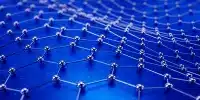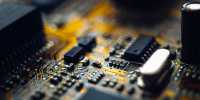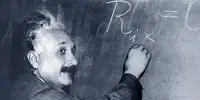A team of American researchers has access to restricted light emission that could one day help develop quantum technology, Described as “a fundamental discovery of quantum matter.”
Scientists directed trillions of light pulses per second into a few seconds of electrons (called the Cooper pair) that flowed through a superconductor at extremely cold temperatures, to make their discovery. This speeds up the electronic age of “supercurrents” (an electric current that runs without loss of electricity). When tested, the frequency of the pulse light coming into the light emitted by the accelerated electron pair was double, the so-called “second-harmonic light emission”.
Jigang Wang, a professor of physics and astronomy at Iowa State University, explained in a statement, “This second synchronous (terahertz) emission is considered to be prohibited in superconductors.” “It’s against conventional wisdom.”
The pioneering strategy also unlocked another event, Described in a research paper published in Physical Review Papers.
Ilias Perakis, a co-author and professor at the University of Alabama at Birmingham, explained, “Forbidden light gives us access to an external class of quantum phenomena – that is, the tiny energy and particles of an atom – which Anderson calls pseudo-spin precision.”
Named after the late Nobel Laureate Philip W. Anderson, According to Anderson’s name, Anderson pseudo-spins were proposed to describe the superconducting state. In this latest experiment, the predominance of these curved pseudo-spins breaks the symmetry of the electron system in the Niobium -tin superconductor, resulting in the emission of “forbidden” light.
Wang said, “A new frontier in the determination and understanding of the breaking of symmetry in superconducting states, both in the discovery of basic quantum matter and in practical quantum information science.”It will be effective in the development of future quantum computing techniques and electronics, including high speed and low energy consumption.”
Perakis added, “Finding ways to control, access, and manage the special features of Quantum World and connect them to real-world problems is a big scientific push these days.” Wang and Perakis will be among the many researchers in the extraterrestrial and magical world of Quantum in the next few years.















